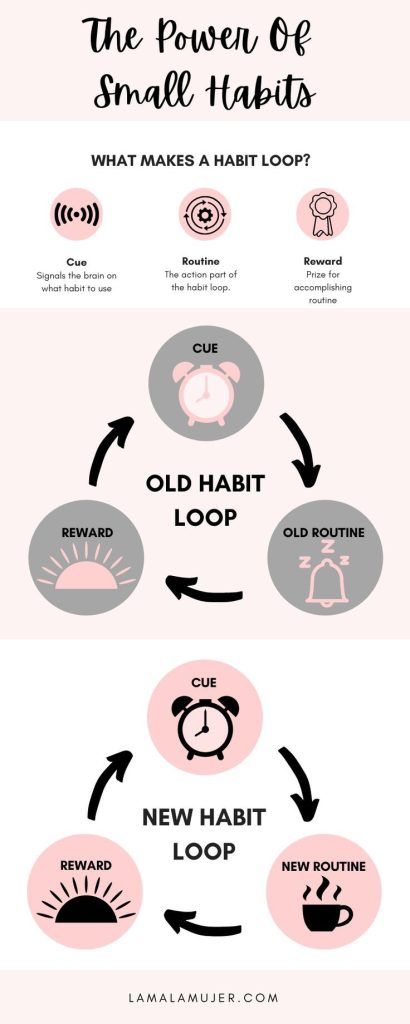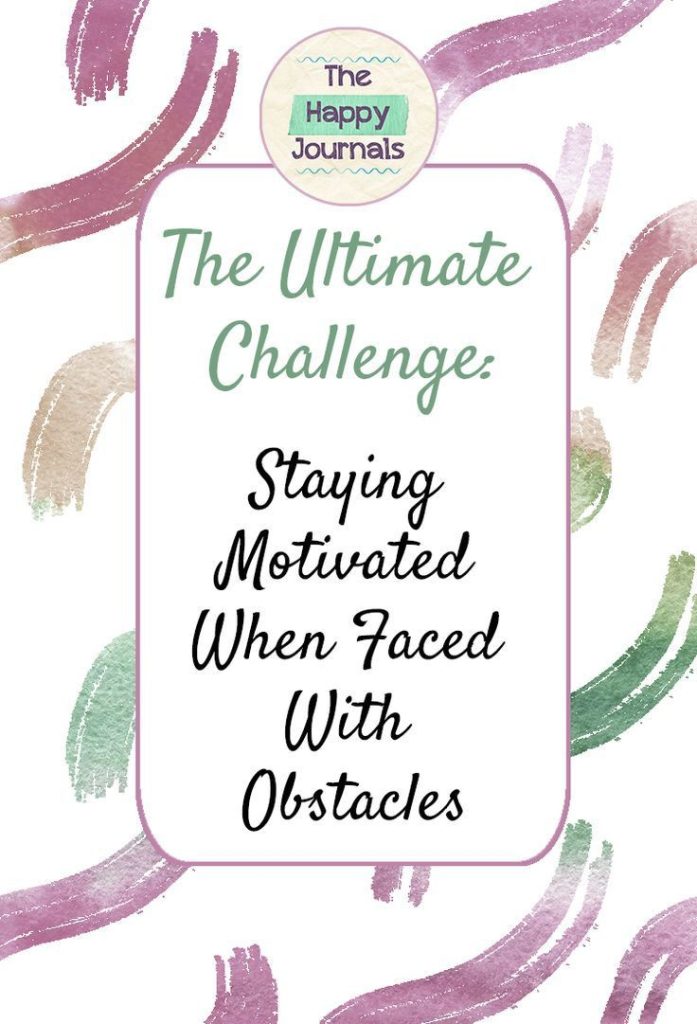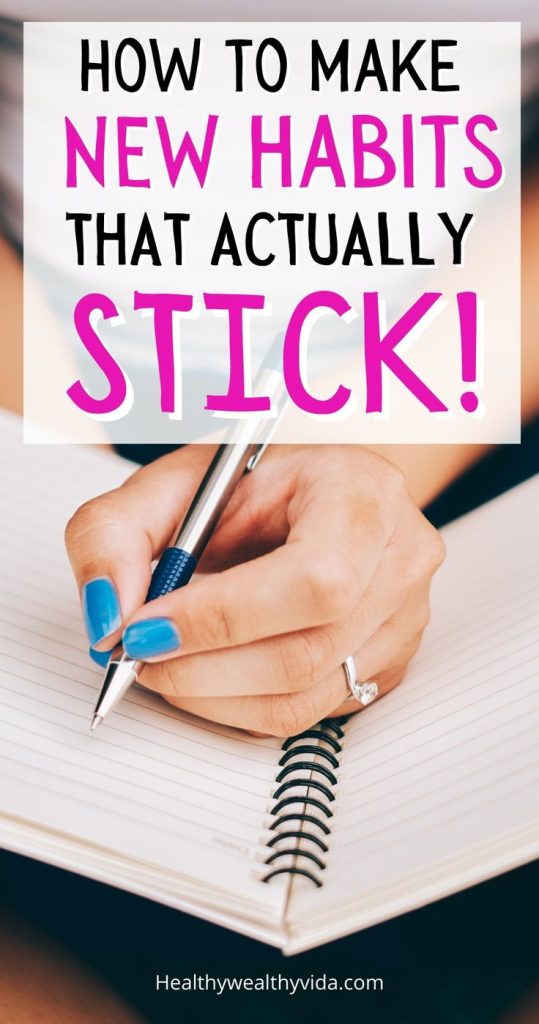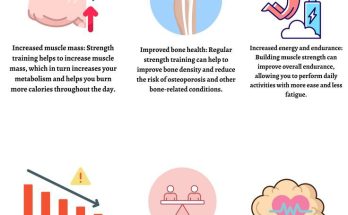Have you ever started a new routine, maybe diet or exercise, only to find yourself struggling to stick with it? You’re not alone. Building healthy habits can be a challenge, but it’s worth the effort. By making small, sustainable changes, you can create lasting habits that will improve your health and well-being.
It’s easy to get caught up in the idea of making big changes when you’re trying to build new, healthy habits. But the truth is, small habits are often more effective than grand gestures. Building small, sustainable habits is the key to making lasting change. In this blog post, we’ll explore how to build healthy habits and make them stick, so you can achieve your goals and feel good.
Why small habit is better than big goal
One of the biggest mistakes people make when trying to build new habits is setting big goals. For example, you might decide you want to start running 5 miles every day. But this is a big goal, and it can be hard to stick with it. Instead, start with a small goal, like running for 5 minutes a day. This is more manageable, and you’re more likely to stick with it.
It is easier to stick to this small habit than the big goal. With the example above, if you run 5 miles on the first day, you will lack the strength and motivation to continue. You will soon start giving excuses to yourself and eventually end up not achieving either. So, instead of the ambitious goal, break it down into small bits. Once you start seeing progress, you can gradually increase your goal until you reach your desired outcome.
How to identify your “Cue” for a new habit
Your “cue” is the trigger that prompts you to do a certain action. It could be physical or mental or it could be triggered by your environment. For example, If you want to build a habit of running daily, you can set your Cue (trigger) to your toothbrush. You can say “I will go for a run after I brush my teeth.” By connecting the habit to something you already do every day, it will be easier to remember and make it a regular part of your routine.
So, find out what could trigger you to perform the new habit you want to build. It could be anything physical, mental, or triggered by your environment. Just make sure that it is something when you think of, see, or remember you are easily promoted to build your new habit.

The habit-building process
The habit-building process is broken down into four steps called the CARR model. The “CARR” model is the framework for understanding the habit-building process.
- Cue: The cue is the trigger that prompts the habit. It can be anything that reminds you to do the habit, like a visual cue, an auditory cue, or a smell. This is where you prepare your body and mind to perform this habit.
- Action: The action is the behavior you perform in response to the cue. This is the part of the habit where you actually do the habit. This is where you take action.
- Reward: The reward is the positive feeling you get after performing the action. It’s what motivates you to repeat the habit in the future. This is where you become consistent with the habit.
- Reminder: The reminder step is all about making sure you don’t forget to do the habit. It’s especially important when you’re first trying to build a new habit. This is where you become intentional about this habit.
The importance of accountability and tracking progress
Accountability and tracking progress go hand in hand when it comes to building a new habit. Accountability is about holding yourself responsible for following through with your commitment to the new habit. You can do this by telling a friend or family member about your new habit, or even posting about it on social media.
Tracking your progress is about keeping track of how you’re doing with the new habit. This can help you stay motivated and see how far you’ve come.
Both are very important if you want to achieve more while building a new habit.

How to overcome obstacles and stay motivated
Overcoming obstacles and staying motivated can be tough, but there are some things you can do to make it easier.
You must first identify the obstacles you’re facing. Ask yourself questions like, Are you too busy? Do you not have the right resources? Are you feeling overwhelmed? Once you’ve identified the obstacles, you can start to make a plan to overcome them. For example, if you’re too busy, you could try waking up 30 minutes earlier each day to fit in your new habit.

How to build healthy habits and make them stick
Getting a new healthy habit and making it stick tends to be difficult but There are a few things you can do to increase your chances of making a new habit stick.
- Make a habit of what you love: Make sure the habit is something you actually want to do. If you’re only doing it because you feel like you “should,” it’s not likely to stick. The best way to do something new and also healthy is to do what you love, what you are not being forced to do.
- Start small: When you’re trying to build a new habit, start with something small and achievable. Start small and focus on consistency over intensity. It’s better to do a small amount every day than a big amount once a week. This will make it more likely that you’ll be successful and it will also help to build your confidence.
- Make it enjoyable: Find ways to make this habit more enjoyable. If you can make your new habit enjoyable you are more likely to stick to it.
- Make it easy to do: If it’s too difficult, you’re less likely to stick with it. Just the same way you should make it enjoyable in the same form and make sure it is easy to do. You cannot stick to something that stresses you out each time.
- Set a reminder to help you remember to do the habit: If you want to stick to this habit, you must set a reminder so you can remember to work on it. It could be an alarm or any other form of reminder. Just make sure to set one and stick to it.
- Do it at the same time every day: Doing it at the same time every day will help you form a habit loop. This will enable you to expect it, be consistent, and stick to it.
- Do it with a friend or family member: Social support can be a big help. You can draw inspiration and motivation from the people you do it with, especially your family. Also, you can be accountable to them too.
- Track your progress: Seeing your progress can be motivating. It can help you see how far you have come and help you stay lifted throughout.
- Give yourself a reward when you reach a milestone: Celebrate your small wins and successes, no matter how small they seem. This is a way to genuinely push yourself to do more.
- Focus on the process, not the outcome: Enjoy the journey, not just the destination. It’s more important to enjoy the process of building a new habit than to focus solely on the end result. If you can focus on the journey, you’ll be more likely to stick with it and see lasting results.
Conclusion
How to build a healthy habit and stick to it is a blog post that seeks to improve your well-being. It is important to build new and healthy habits and you have to stick with it. If you, however, struggle with this, then you have read through a life-changing article.
In this blog post, we discuss How to build a healthy habit and stick to it, the importance of accountability and tracking progress, and much more. You must know that a way to be accountable for your new habit is to tell a friend or family member and ask them to check in on you, post about your progress on social media, using a hashtag, and keep a habit-tracking journal or app. These and more will keep you accountable and help you stick to the new habit you have found.
Was this helpful?
Let me know in the comments.



